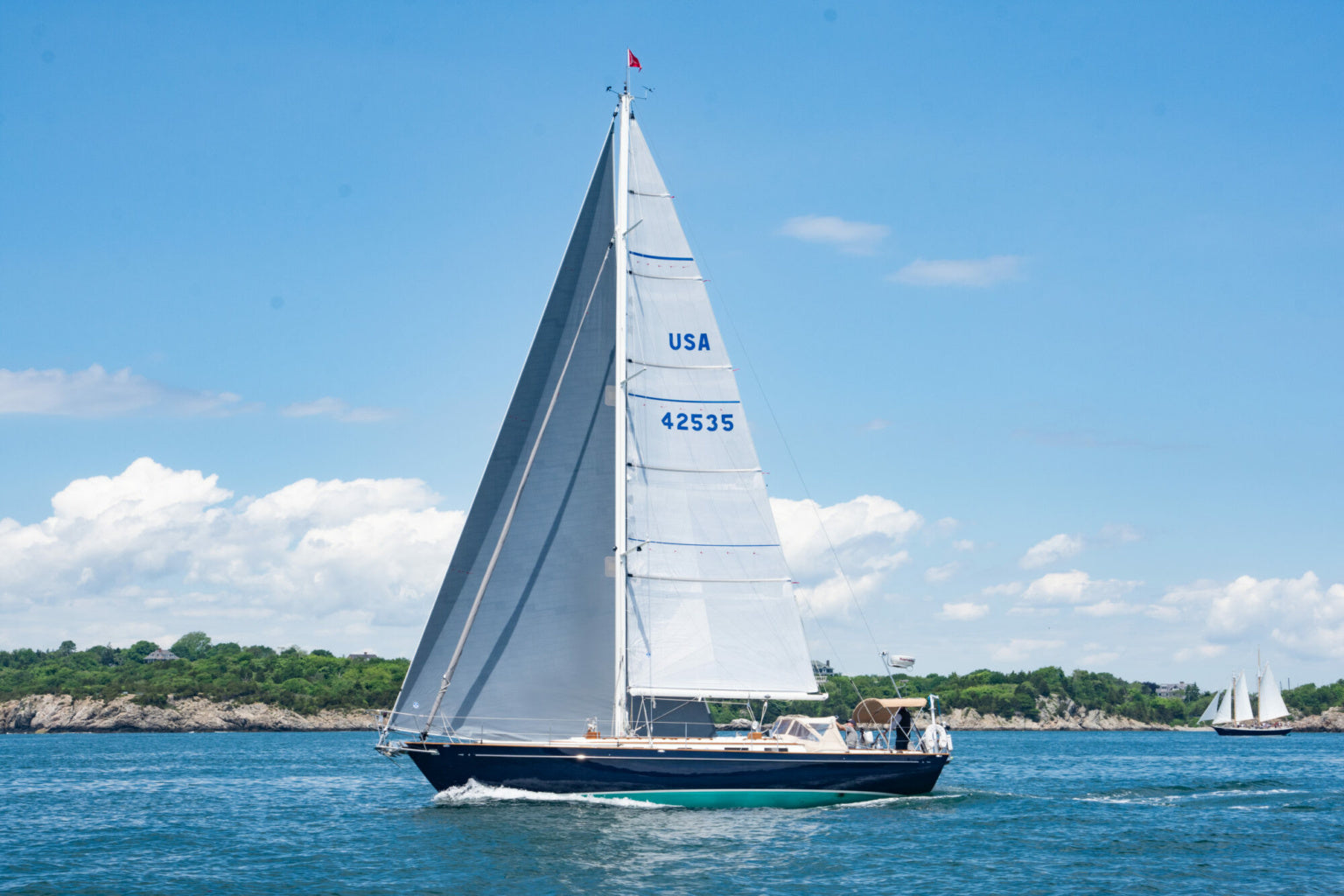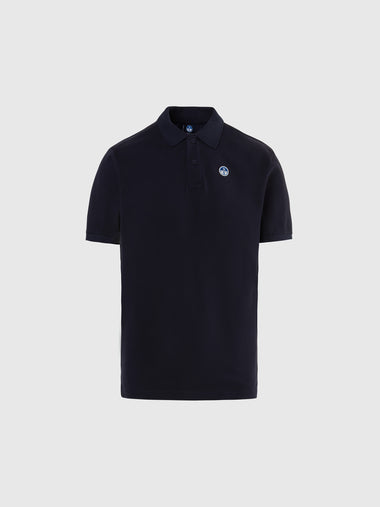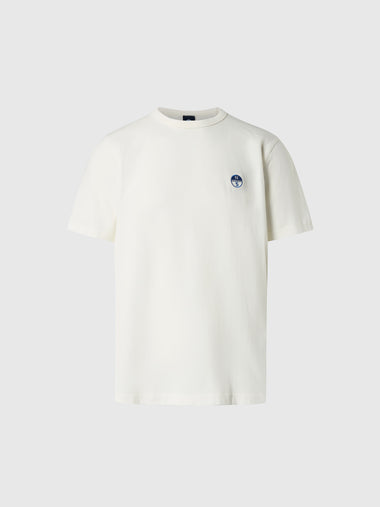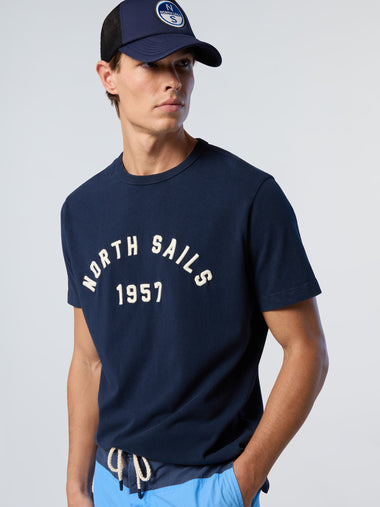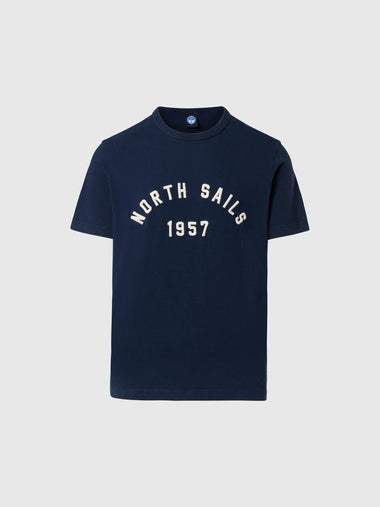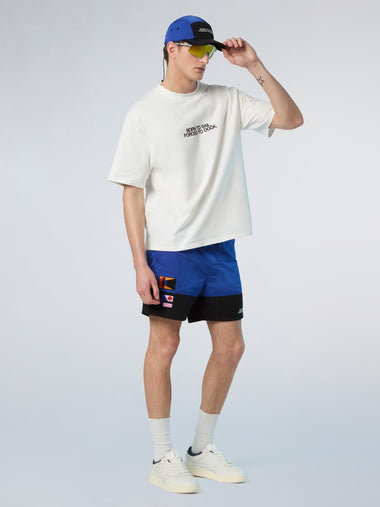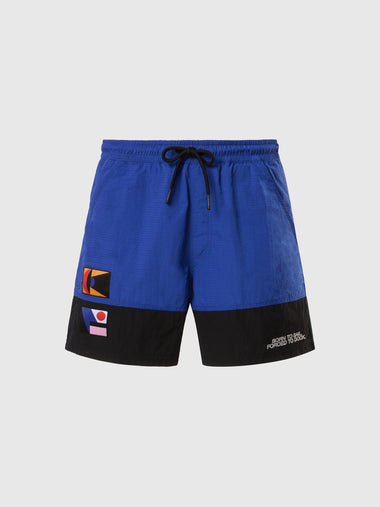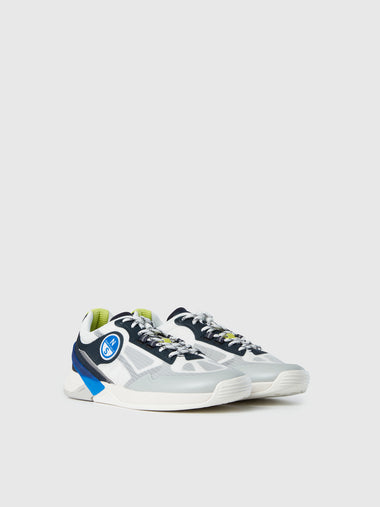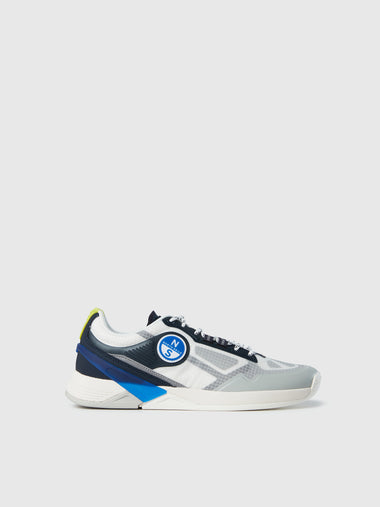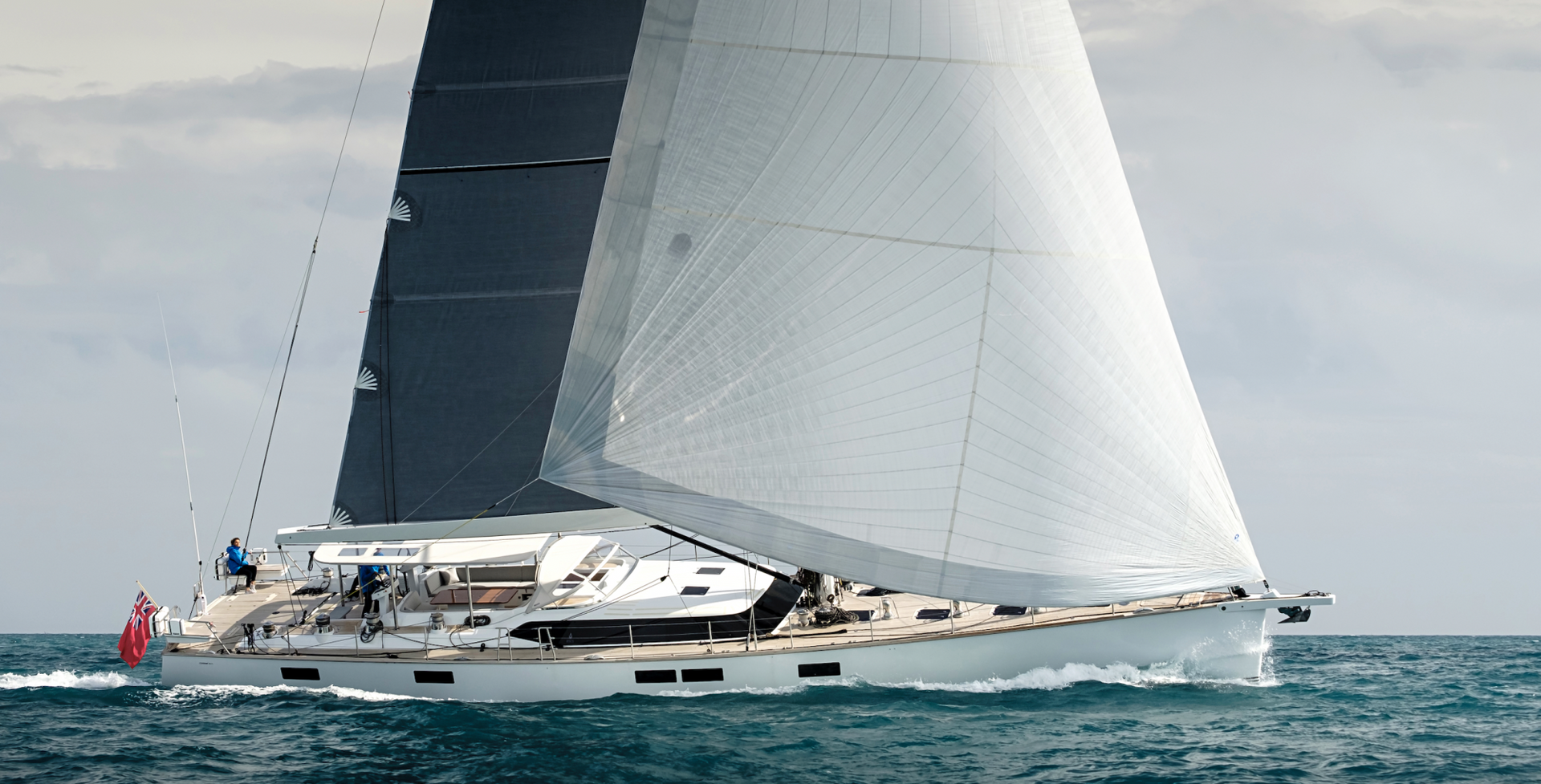FULL-BATTEN VS. STANDARD CRUISING MAINSAILS
Two Great Mainsail Options For Different Cruising Needs
For North Sails Cruising Mainsails, full-battens or standard battens each provide different cruising benefits. Here’s a summary of the differences to help you understand which sail type is best for you.
FIRST, WHAT'S THE DIFFERENCE?
Battens in a sail support the area of fabric located behind the straight line between the head and clew, called the “roach.” Without support, this area would flap loosely like a flag (except where the shape is self-supporting at deeper sailing angles). On a full-batten mainsail, all the battens run the entire width of the sail, from leech to luff, usually parallel to the boom. Partial battens just run a few feet in from the leech, typically perpendicular to the straight line between the head and the clew.

BENEFITS OF FULL-BATTEN MAINSAILS
North Sails full-batten mainsails provide smooth performance and easy handling for sails with larger roaches. Full-length battens help reduce the flogging of a luffing sail that can damage its fibers and fittings and maintain the designed sail shape. They can also make the sail easier to stack on the boom or into a sail cradle, benefiting shorthanded cruisers. Multihulls and other boats without backstays almost always use large-roached, fully-battened mainsails for the extra power they provide.
BENEFITS OF STANDARD CRUISING MAINSAILS WITH PARTIAL BATTENS
-
As mainsails pull forward into the mast, compression loads at the forward ends of full-battens increase friction between their mast cars and the mast or track. Without low-friction or ball-bearing cars, this friction can be difficult to overcome on larger boats that may have trouble lowering the mainsail if not directly head-to-wind.
-
If your boat has a backstay and there’s no room for the added area enabled by full- battens, full-battens may be an unnecessary expense as partial battens can easily support smaller roaches.
-
If you’re a person who enjoys tweaking your sail shape with an adjustable outhaul, partial battens can give you more direct control over the sail shape in the bottom third of the sail.

TAPERED BATTENS
Sails are three-dimensional wings designed to create lift that propels the boat forward, with the deepest part of their curves (the “draft”) in the forward third of the sail and the back third designed much flatter. As sails age and stretch, the draft moves aft, and the back of the sail gets rounder and more profound, making the airfoil “engine” less efficient. In addition, non-tapered full-battens bend symmetrically – push the two ends together, and you’ll see. This symmetrical curve in a sail immediately counteracts the draft-forward sail design, moving the draft aft slightly and more so as the sail loses its stretch resistance over time.
Tapered battens are stiffer in the back and bendier in the front, producing a bend similar to the draft-forward sail design. North Sails matches the bend profile of full-battens to the designed shape of the sail, supporting the airfoil instead of altering it, maintaining sail efficiency over time. Even partially-battened sails can benefit from tapered leech battens because the flexible tip eliminates the “hinge” effect. The sail can fold vertically on a line along the front of each partial batten pocket, weakening the fabric with repeated flexing at these points.
WHAT'S REQUIRED FOR FULL-BATTEN MAINSAIL SETUPS?
Unless your boat is smaller (under 30 feet or so), you’ll need a low-friction slide at the front of each full-batten that fits into the mast or onto a mast track for the full-batten mainsail system to work effectively. Your North Sails expert can help you make sure that you’ve got what you need.
Full-batten mainsails often require chafe protection on the pockets, especially if your boat has swept-back spreaders or shrouds that rub against the sail on the leeward side. North Sails has a great product line with durable material to protect against this.
Reefing in a big breeze can be challenging when your sail is pressed against the rig and sideloaded on the mast. Ask your North Sails expert about the best methods for reducing sail area, so you can be prepared when the time calls for it.

WHY FULL-BATTENS?
-
Full-batten mainsails enable more roach on your sail plan, which is why multihulls use this type.
-
As smaller self-tacking jibs become more popular, more mainsail power is needed.
-
Full-batten mainsails are great for shorthanded sailing and boats equipped with custom luff systems, single-line reefing, and lazy jacks or quick covers.
BATTENS IN OTHER SAIL TYPES
The benefits of full and partial battens extend beyond conventional mainsails. For example, in-mast furling mainsails can benefit from flatter leeches and slightly more sail area with partial or full-battens designed parallel to the luff that rolls into the mast. However, this requires an understanding of their unique usage parameters in these sails. Similarly, vertical battens in self-tacking furling jibs, growing in popularity with today’s boat designs, can help align the airflow on the leeward side of the mainsail and provide more power. Square-top mainsails on boats without backstays, usually multihulls, use a diagonal gaff batten at the head to support the flat edge aloft. However, headboard systems are required to allow the gaff batten to collapse onto the flaked sail when lowered. Battens can even be used to add area to the foot of a jib or genoa when the desire for sail area exceeds the incremental maintenance requirements this adds over time.
HOW TO CHOOSE?
Like everything on a boat, the added benefit comes with added cost, so weigh the advantages of full-battens against their incremental cost. While large-reached sails almost always require full-battens, moderate-roach sails can split the benefits and costs by making only the top one or two battens full and the lower ones partial. This reduces car friction and expense, along with some flaking ease, while protecting the top of the sail against flogging when twisted off on a windy day. As always, your North Sails expert can make recommendations after discussing your sailing plans and help you determine how you can enjoy your boat more.
REQUEST A QUOTE TALK TO AN EXPERT LEARN MORE
